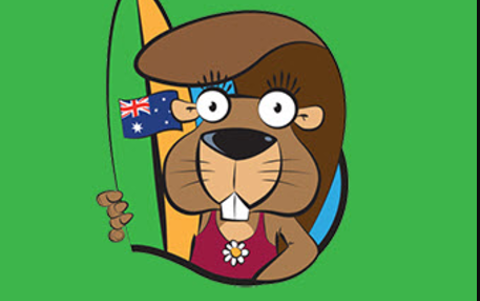Bebras Computational Thinking Challenge

About this lesson
The free Bebras Computational Thinking Challenge is a set of short questions, called Bebras tasks. The tasks can be answered without prior knowledge about computational thinking. This resource describes how the Bebras Computational Thinking Challenge can be used for formative assessment.
Year band: 3-4, 5-6, 7-8, 9-10
Curriculum LinksCurriculum Links
Years 3–4
Identify and explore a range of digital systems with peripheral devices for different purposes, and transmit different types of data (ACTDIK007)
Recognise different types of data and explore how the same data can be represented in different ways (ACTDIK008)
Define simple problems, and describe and follow a sequence of steps and decisions (algorithms) needed to solve them (ACTDIP010)
Years 5–6
Examine the main components of common digital systems and how they may connect together to form networks to transmit data (ACTDIK014)
Examine how whole numbers are used to represent all data in digital systems (ACTDIK015)
Define problems in terms of data and functional requirements drawing on previously solved problems (ACTDIP017)
Design, modify and follow simple algorithms involving sequences of steps, branching, and iteration (repetition) (ACTDIP019)
Years 7–8
Investigate how data is transmitted and secured in wired, wireless and mobile networks, and how the specifications affect performance (ACTDIK023)
Investigate how digital systems represent text, image and audio data in binary (ACTDIK024)
Define and decompose real-world problems taking into account functional requirements and economic, environmental, social, technical and usability constraints (ACTDIP027)
Design algorithms represented diagrammatically and in English, and trace algorithms to predict output for a given input and to identify errors (ACTDIP029)
Years 9–10
Investigate the role of hardware and software in managing, controlling and securing the movement of and access to data in networked digital systems (ACTDIK034)
Analyse simple compression of data and how content data are separated from presentation (ACTDIK035)
Analyse and visualise data to create information and address complex problems, and model processes, entities and their relationships using structured data (ACTDIP037)
Define and decompose real-world problems precisely, taking into account functional and non-functional requirements and including interviewing stakeholders to identify needs (ACTDIP038)
Design algorithms represented diagrammatically and in structured English and validate algorithms and programs through tracing and test cases (ACTDIP040)
Learning sequence
Description
This challenge is a set of short questions, called Bebras tasks, that are delivered via the internet. The tasks can be answered without prior knowledge about computational thinking, but are related to computational thinking concepts. Bebras is aligned with and supports the Australian Curriculum: Digital Technologies.
The challenge includes sets of questions for different year level bands from F to 10. The questions get progressively more difficult as students progress through the levels of schooling. At each year level band, there are 15 problems to be solved (taking 40–60 minutes to complete all 15 problems). The problems are presented under three levels of difficulty: easy, medium and hard, and there are five questions for each level of difficulty. Students can work in teams of up to four, and collaboration and teamwork are encouraged.
Teachers can use Bebras for formative assessment. After the challenge, students can log back in, see their results immediately and re-take the challenge. Teachers have access to class analytics.
Guidance For Use
Some recommendations and adaptations for using the Bebras Computational Thinking Challenge:
- Download the solutions guide for past problem sets to run the activity offline.
- Use results from the challenge to revisit problems that students have difficulty with or have misconceptions about.